Veal

Veal: mild, lean and fine-grained
Veal is characterised by its mild flavour in particular. It comes from calves that are five to six months old when slaughtered. The lean, fine-grained meat is light pink and displays a shiny moist surface when cut. Veal doesn’t have much connective tissue or fat, which makes it very easy to digest.
It only needs two to three days to mature, after which it can be prepared any way you like. It is ideal for sautéing and braising, but does contain more water than beef and pork, so should be browned quickly to start with and then allowed to continue cooking at a lower temperature.
Leg
For schnitzel lovers
A leg of veal consists of topside, rump, silverside and an eye. All four parts are perfect for the popular veal schnitzel and also make delectable roasts. In addition, juicy roulades and “Geschnetzeltes” (thin, sautéed strips of meat) can be produced using meat from the rump and silverside, while the eye can be used to whip up delicious goulashes, Geschnetzeltes and excellent roasts as well. Topside meat is extremely tender, is frequently used for roulades and is the meat traditionally used for the original Wiener schnitzel.
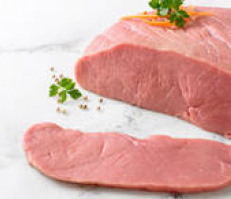
Shoulder
Juicy and tender
Veal shanks are very flavourful and fleshy when you bite into them. Grilled veal shank is a real delicacy. In southern Germany, people swear by roast veal shoulder in clear gravy with hearty potato salad.
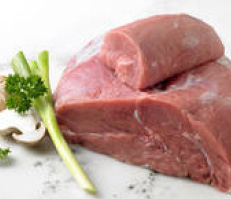
Neck
Versatile and aromatic
Veal neck can be prepared in many different ways. It has fine streaks of fat running through it and is perfect for boiling, roasting and braising. The meat’s jelly-like substance gives soups and sauces an exquisite flavour and a good consistency. Veal neck is also suitable for classic ragout fin, fricassee and goulashes, and juicy cutlets are cut from it too.
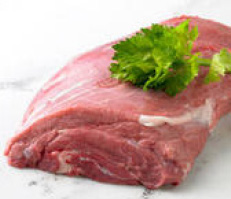
Breast
The all-rounder
Whether it’s stuffed, roasted or boiled, veal breast is always a good choice. We also recommend it for ragouts and fricassees. If it’s going to be stuffed, a knife should inserted and between the layers of meat and moved parallel to them to create a pocket.
The meat can then be enhanced with ingredients such as mince, bread, herbs or a piquant filling made from dried fruit.

Loin
For gourmets
In classic cuisine, the loin (saddle) of very young calves is sometimes roasted in the oven whole. This cut of meat is simply made for splendid roasts. Loin cutlets are perfect if you don’t have much time, while tender schnitzels can also be cut from deboned cutlets.
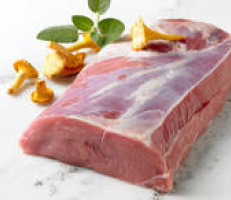
Belly
Flat and boneless
The veal flank is also referred to as the belly. This flat and boneless piece of meat is excellent for inexpensive rolled joints, which are especially tasty when enhanced with a filling made from all sorts of ingredients.
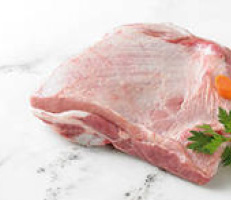
Fillet
Tender and exclusive
Veal fillets are the tenderest veal cuts and some of the most expensive pieces of meat in general. They can be fried whole or as medallions.
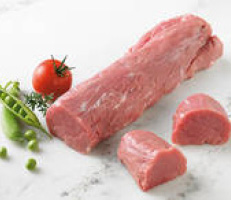
Fore/hind shank
Fleshy and flavourful
Veal shanks are very flavourful and fleshy when you bite into them. Grilled veal shank is a real delicacy. In southern Germany, people swear by roast veal shank in clear gravy with hearty potato salad.
